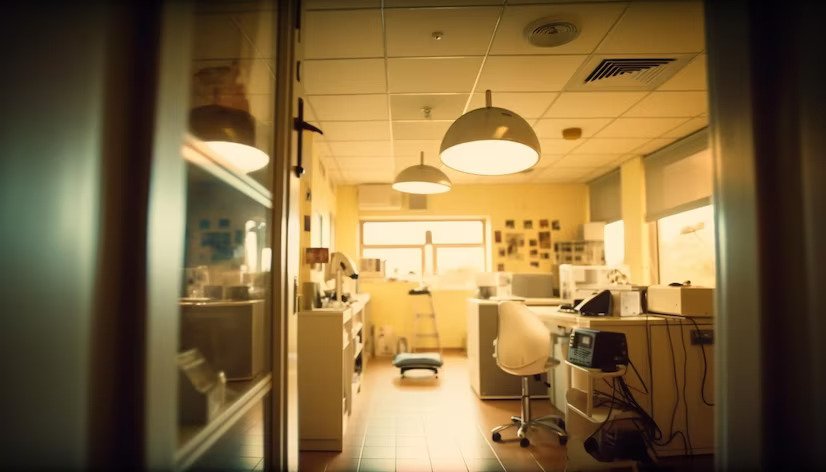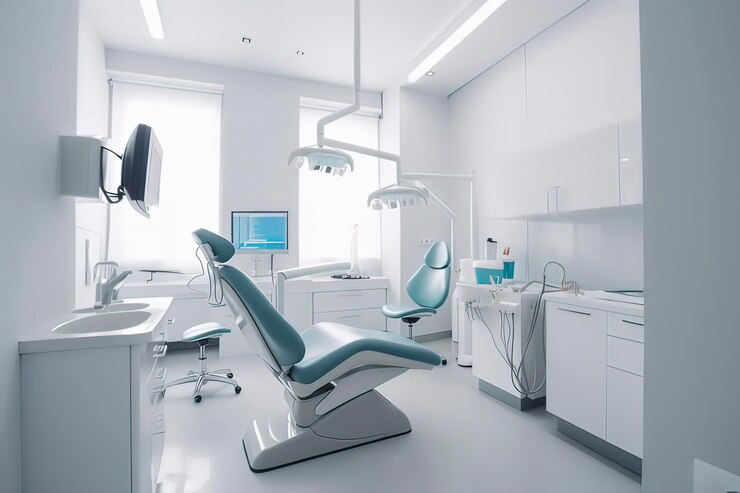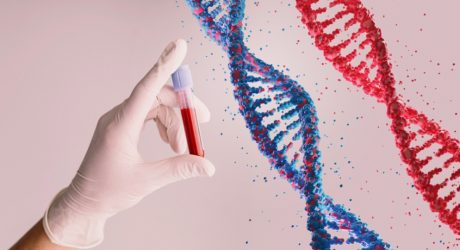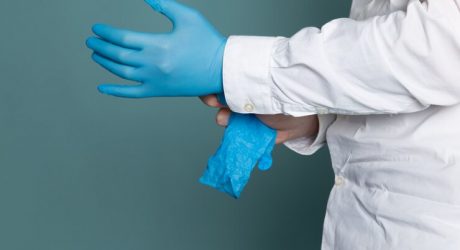Changes in consumer behavior, technology, and the emphasis on oral health have accelerated the rise of the dental sector.
Demand for cutting-edge dental treatments and procedures has soared as individuals place a higher priority on dental health.
To provide the best possible patient care, dental practices are investing in cutting-edge tools and procedures.
The sector is expanding quickly because cosmetic dentistry, which provides a range of procedures like dental implants, teeth whitening, veneers, and orthodontics, is becoming increasingly well-liked.
Dental practices have experienced a sharp increase in revenue and expansion due to the demand for specialized cosmetic procedures.
Higher patient satisfaction results from improvements in efficiency and efficacy brought about by technology and methodological advancements.
The future of the dentistry sector is bright, and it is anticipated that ongoing developments will raise the standard of patient care.
Dental Procedures That Shaped Modern Dentistry
As we discussed, modern dentistry tools and procedures are becoming increasingly popular. You can check a website that offers insights and costs for these procedures for a better understanding.

Here we have a list of the five most important modern procedures in dentistry—
1. Emotional Dentistry
Patient’s mental health during dental procedures is the subject of emotional dentistry, a relatively recent concept.
It recognizes that going to the dentist can frequently cause anxiety and strives to make people feel more at ease and optimistic.
This method recognizes the value of attending to patients’ emotional and psychological needs in addition to their physical demands, going beyond just the physical components of dental care.
Psychology and mindfulness practices are combined in emotional dentistry to reduce dental anxiety and encourage calm.
In order to reduce anxiety and preserve peace during dental treatments, dentists use relaxing colors, lighting, and music, as well as deep breathing techniques, guided imagery, and positive affirmations.
2. 3D Printing
Dentistry has been significantly altered by 3D printing, also known as additive manufacturing, a groundbreaking technique.
With this cutting-edge method, materials are layered to create three-dimensional sculptures based on a digital model.
How dental professionals design and produce dental prosthetics, implants, aligners, and other oral devices has been revolutionized by 3D printing, which has emerged as a game-changer in dentistry.
With 3D printing technology, dentists can produce precise, personalized dental solutions for patients, enhancing fit and comfort while reducing time and costs.
Moreover, it allows for more creativity and freedom in dental design, allowing for delicate and complicated constructions. Patients receive oral treatment that is more effective and efficient because of this integration.
3. Teledentistry
In the quickly expanding discipline of teledentistry, dental care, and consultations are delivered remotely.
This ground-breaking strategy has completely changed how dental services are provided and received by fusing telecommunications and oral health.
Teledentistry has eliminated the distance between patients and oral healthcare specialists thanks to developments in digital communication and imaging, making dental care more practical, affordable, and available to people all over the world.
Teledentistry is essential in places with limited access to dental care, such as rural or underserved regions.
Saving time and travel distances enables patients to receive quick consultations and treatments without in-person visits.
Those with mobility problems or disabilities can also benefit from teledentistry because it enables remote monitoring of oral health conditions, preventive care, and dental education. Patients can connect with a dentist for individualized care in only a few clicks.
4. Laser Detectors
By shining a laser beam on teeth and measuring the fluorescence reaction, laser detectors, commonly referred to as laser fluorescence devices, have transformed dentistry.
This makes it easier for dentists to spot early indications of tooth decay and cavities, enabling timely and effective treatment.
Early detection and intervention are essential to limit additional harm and the need for expensive procedures.
Dental examinations are now much more accurate and efficient thanks to laser fluorescence technology, which also gives dentists a non-invasive and precise way to evaluate patients’ oral health.
They make it possible for dentists to take action before issues worsen, protecting natural tooth structure and improving oral health.
Moreover, laser detectors save time by eliminating the necessity for outdated diagnostic techniques like X-rays, which shortens the duration of dental operations.
5. Radiographs
Dental X-rays, often known as radiographs, are crucial in dentistry because they offer important insights into a patient’s oral health and allow for thorough and accurate evaluations of a variety of dental diseases.
The dental profession has been revolutionized by these diagnostic images, which record precise images of teeth, bones, and surrounding tissues.
They help dentists develop prompt and efficient treatment plans by assisting them to find cavities, tooth decay, gum disease, impacted teeth, and oral malignancies.
Dental X-rays are also necessary for tracking the development of ongoing dental treatments like dental implants and orthodontic operations.
Dentists can ensure these treatments proceed as intended and make the required changes by looking beneath the surface. Dental X-rays are now a crucial tool in dentistry.
Read Also:




























